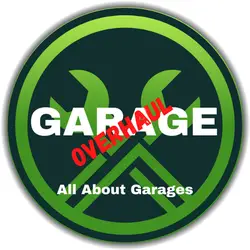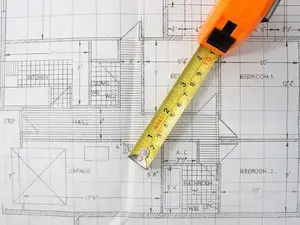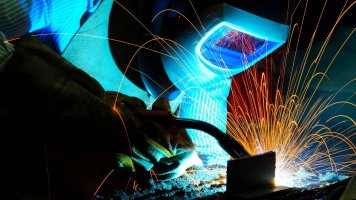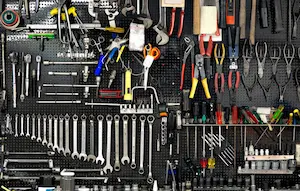What to Look for When Buying a Chainsaw?
This post contains affiliate links.
Chainsaws are one handy tool you would love to have around. It can cut wood, perform some landscaping jobs, and even deal with ice. However, so many options are out there, making it hard for many to choose one that suits them. What to look for when buying a chainsaw?
When shopping for chainsaws, you should look at the motor, bar length, auto oiling, safety, and chain pitch. These options help you determine if the chainsaw you are looking at suits your needs.
This article will examine the areas you must look at when shopping for a chainsaw. When you are done reading this, you should have a clear idea of how to pick the best chainsaw that suits your needs.
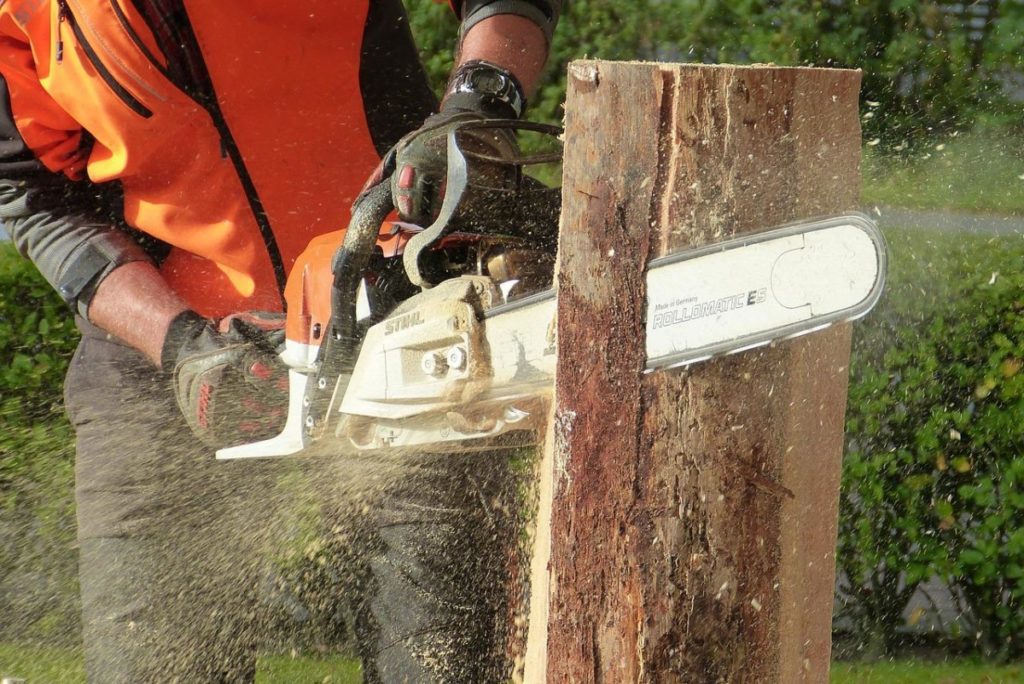
Chainsaw Motor Type
You may see three chainsaw motor types in the market: gasoline, electric, or battery-powered. Each motor type comes with its own strengths and weaknesses.
Gasoline: For gasoline engines, you may see anything from 25cc to 80cc, with premium chainsaws running higher. Chainsaws with more significant engines usually have bigger bar lengths, meaning they can cut into thicker wood. You may also judge the power delivery by horsepower, starting from 0.9 to 4 or more.
Electric: Electric chainsaws are gaining popularity as gasoline chainsaws are starting to be banned in more and more cities due to environmental concerns. The power for electric chainsaws is measured in amps. You should get by with about 8 amps for household work and occasional tree trimming in the backyard. If you need more cutting power, go with the ones around 12 to 15 amps.
Battery Powered: If you are keen to cut the cord, consider battery-powered models. These chainsaws are measured similarly to many other battery-powered power tools in volts. For tree trimming and occasional firewood cutting, anything between 18 to 40 volts will do since you do not need that much battery life.
Chainsaw Bar Length
Commonly, you will see chainsaws with a bar length between 8 to 30 inches (20-76CM).
The bar refers to the blade that guides the chain. The longer the bar, the longer and bigger the chainsaw will look, and it will be harder to use. A 14 inches (35CM) length for typical home use would do.
When it comes to bar length, you are basically balancing between control and power. The shorter the bar, the smaller the engine needed to power it, and the lighter it becomes, meaning it is easier to control. However, you will sacrifice power, meaning you may not cut into thicker wood.
Longer bars mean the chainsaw is much more powerful, and you may cut into thicker wood easily, without the risk of kickbacks. Kickbacks happen then the tip of the chainsaw bounces back upwards, making contact with the cutting surface.
However, longer chain saw bars mean it will need a bigger engine, and you will operate a heavier chainsaw. This means the chainsaw will be harder to control and maneuver.
The standard advice is to start with a bar length of 14 inches (35CM) since it should get typical garage work done, such as backyard work, tree trimming, etc. Only consider longer bar length as it may make the machine harder to use, which can be dangerous if you are not experienced.
Oiling the Chainsaw
One thing to always do with a chainsaw is to frequently oil the chains. It helps the chain to run smoothly during cutting, keeping the blades sharp and reducing the likelihood of the saw bending.
Many chainsaws today come with an automatic oiling system to help preserve the sharpness and smoothness of the chainsaw’s operation. If possible, try to purchase a model with an adjustable automated oiling system and a large oil tank.
Many chainsaws on the market today have an oiling system built into their saws, meaning oils will be added automatically to the blades during operation.
Higher quality chainsaws even allow you to adjust the quantity of oil added to the chain during operation. This may come in handy if you cut into thicker or harder wood. Simply turn up the oil supply to ensure a smooth cut.
When shopping, try to ensure the chainsaw has an oiling system. Also, note if the oiling is adjustable and how big the oil tank is. If you do not use your saw frequently, you may forget to oil your chain before cutting. Automatic oiling systems may prevent you from damaging your chainsaw.
Chainsaw Safety Features
Safety features such as a multi-start button, chain catcher, and kickback protection are essential to ensure the safe use of a chainsaw. Make sure your chainsaw comes with these features.
Chainsaws are powerful tools that can result in pretty horrific injuries if mistakes happen. Safety features help protect you at your most vulnerable moment.
A false or accidental start is one such hazard. As a result, many chainsaws come with a multi-button start system, requiring you to start by pressing two buttons.
When chainsaws get stuck, they can sometimes be thrown back at you. This can also happen when the end of the bar touches something first. This effect is called the kickback.
Good chainsaws come with a chain brake or kickback protection to stop the chain from moving backward. Different manufacturers may do this differently. Some come with a quick button to stop the chain if you detect something is wrong. Better chainsaws can detect sudden jumps in RPM and stop the chain.
Another danger is when the chain breaks and flies into you. As a result, many chainsaws also come with a chain catcher and a guard that shields your right hand.
Chainsaw Chain Pitch
Chain pitch refers to the gap between the teeth and holes on chains, bars, and chainsaws. Selecting chainsaws with popular and common chain pitches helps to make future maintenance more straightforward since it would be easier to source spare chains and bars.
Chain pitch refers to the gap between the teeth and holes on chains, bars, and chainsaws. For a chainsaw to operate smoothly, all three parts (engine, bar, and chain) must have the same chain pitch.
This might not be something many buyers care about when they buy their chainsaws since most chainsaws come with their engine, bar, and chain in the same chain pitch.
However, when servicing is required, you may find it harder to source parts for less common chain pitches in the future. This is commonly when buyer’s remorse sets in, but it’s too late now.
For ease of maintenance, you may consider only purchasing chainsaws with the most common chain pitch, 0.325.
